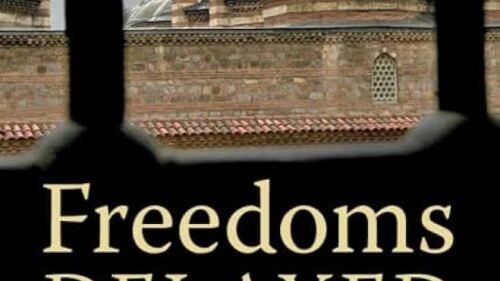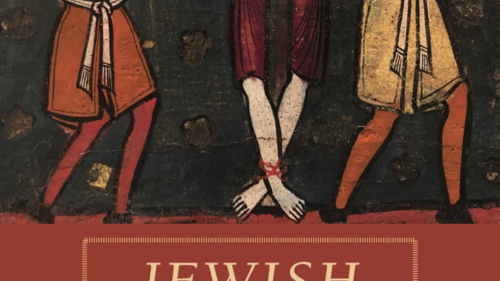As the provocative subtitle of this complex, interesting study suggests, the identity of the Israeli Jew has continuously been in transition through the past fifty-odd years. Weissbrod analyzes three major historical and political affinities to help resolve the current Israeli identity crisis. (The title is a bit of a misnomer, as the book does not discuss identity issues concerning Israel’s 1.5 million non-Jewish citizens.)
Weissbrod’s “pioneer” is the Zionist who came to build the Jewish nation (the Yishuv) prior to 1948 and who sought to create “a perfectly just society” that would “be a model to the world.” The tsabar is what is usually known in English as a sabra (a name derived from the fruit of a cactus, known for its tough exterior and soft, sweet fruit within); this is the warrior who defeated the Arab enemies in 1948, 1956, and 1967 and built the modern state of Israel. The sabra has a “self-defensive” identity dilemma, using “toughness” and “disregarding justice” in rejecting the “Palestinian Arab claims to the same territory.” And Weissbrod’s “settler” is the expansionist, who, based on religious belief, security needs, or economic factors, believes in developing and residing in the areas of Greater Israel (i.e. Judea and Samaria) captured by Israel as a result of the 1967 Six-Day War.
The Oslo accords of 1993 played havoc with this triad of identities, prompting a search for a new identity. The Labor government envisioned a new identity, replacing ethnicity and religion with security, ethnic pluralism, and affluence. But before that could come into being, the Oslo war began in 2000, and Weissbrod finds that its uncertainties leave Israeli identity still in a state of flux.



